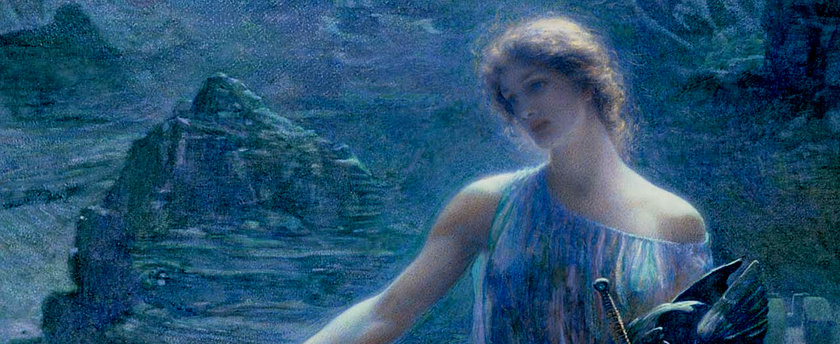
The alchemical stone lay hidden for centuries. Even its purpose had been forgotten. The blood surrounding its discovery almost a millennium earlier had long since grown black and hardened about it.
Fleeing an arranged marriage, Mairéad Christabel Donaghmore finds refuge in a brooding, ancient castle in the Scottish highlands. Once a perceptory of l’Ordre d’Fe, now a retreat for the well-heeled and powerful of London, it whispers of old money and older gods. In the days after her arrival, it comes to shriek of death. One by one, each of its inhabitants is found bizarrely murdered.
In the hidden world of a Victorian secret society, Mairéad learns of a mystery older than the castle itself, and of a conspiracy tangled beyond her imagination. Suddenly imprisoned in a world unchanged since the middle ages, she struggles to unravel the final deadly secret of The Order.
No one was more shocked than I to find that the original document files for The Order were still readable.
Not having looked at The Order for some fifteen years, I’d forgotten how raw and violent it was. One of the elements upon which it’s founded is the generally barbaric nature of Victorian society. Civil and well-behaved when custom demanded it, some of the ruling class had pretty funny ideas about how to deport themselves when they were sure no one was watching.
The Order takes place in a fortified house in Scotland — a fortified house is a castle with some architectural elements that only make a difference to architects. The house is staffed with a variety of serving wenches and gillies below the salt, members of the nobility — or “nobs,” as they were referred to when they were out of earshot — above the salt, and Alec, a knight of the secret society which owns the place pretty much at salt level, mediating between them. Alec has just discovered Mairéad Donaghmore, the absconded daughter of an Irish ship owner, freezing to death in a snow drift when the upper-class visitors to the household begin to misbehave.
The setting of The Order is exactly the sort of distant outpost of the empire that well-to-do Victorians liked to skulk away to for a spot of misbehavior. This group appears bent on killing each other, for no apparent reason. Each murder is more gruesome and creative than the last. Alec wouldn’t care, being of the opinion that nobs have earned the right to slaughter each other if the mood strikes them, save that in their growing agitation the upper class appears to be venting its displeasure and a not insubstantial portion of its lust upon the help.
When one of them attempts to detonate his bedroom, he grows decidedly offended.
Secret societies were a dark undercurrent of Victorian England, and a few of them have survived to this day. Surprisingly little is known about them... or perhaps not surprisingly, as they were secret. A few of them got outed to journalists of the day, which is why the Freemasons now enjoy more ink than many pop stars.
Like Coven, The Order is something of a peek into a hidden world through the eyes of its heroine, Mairéad Donaghmore. She’s a good catholic girl from a good family who spends one night in a strange bed and discovers that nothing’s as she imagined it to be. For everyone who’s asked, her name is pronounced “mah-raid.”
The Order is the only novel I’ve written thus far to touch on themes of alchemy, the old science of transmuting elements and coercing the physical world through occult processes. I’d hasten to add that “occult” only means “evil” when it appears on a movie poster. Any good dictionary will tell you that it really suggests something hidden or obscured.
As Mairéad learns, there’s not much about The Order that isn’t.
Wyccad is something of a sequel to The Order.


